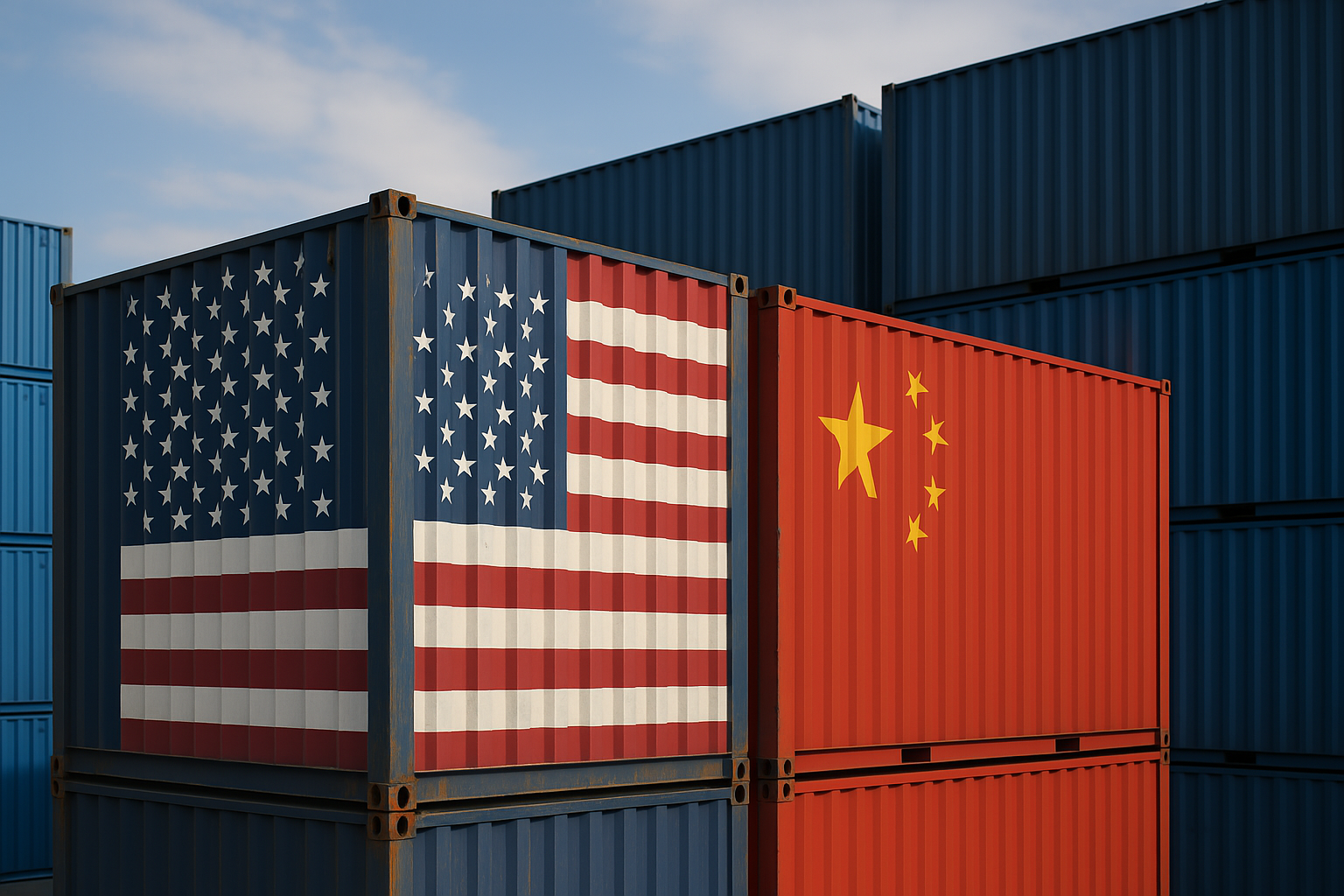
Understanding the Trump Tariff and Its Global Impact
Tariffs may sound like dry, technical jargon — something only economists care about. But Trump tariffs are no longer just headlines; they are affecting everyday lives around the world in profound and visible ways.
With Donald Trump returning to the political stage, discussions around economic nationalism, trade war tactics, and tariff strategies are making a comeback. But how do Trump’s tariffs actually impact consumers, businesses, and international economies — including India?
Let’s break it down in simple terms.
What Is a Tariff and How Does It Work?
A tariff is essentially a tax on imported goods. When the U.S. government, for example, places a 25% tariff on Chinese electronics, the cost for American buyers — both businesses and consumers — increases.
This is exactly what the Trump tariff policy aimed to do: reduce dependency on foreign goods and revive domestic manufacturing. However, the real-life implications are much more layered and affect the price of everything — from smartphones to household furniture.
Trump Tariff Strategy: Economic Protectionism or Financial Burden?
Under the banner of “America First,” the Trump tariff initiative sought to bring jobs back home, reduce the trade deficit, and protect U.S. manufacturers.
While the strategy may seem patriotic, it brought unexpected consequences. American companies often depend on global supply chains. When tariffs increase the cost of imported raw materials, businesses either reduce quality, cut costs, or raise prices — usually all three.
The result? U.S. consumers pay more, and small businesses feel the pressure most.
How Trump Tariffs Affect Daily Life
Though tariffs appear as high-level economic tools, their impact is very personal:
-
The prices of electronics, clothing, and daily-use goods rise.
-
Small and medium businesses face shrinking profit margins.
-
Layoffs and business closures become more common.
When everyday items cost more, the pressure mounts on households already dealing with inflation and stagnant wages.
Global Repercussions of the Trump Tariff War
Every tariff set off a global domino effect. Countries like China, Mexico, and Canada retaliated with their own tariffs, sparking full-scale trade wars. Global trade slowed down, impacting sectors like:
-
Agriculture
-
Automobiles
-
Technology
-
Pharmaceuticals
For a country like India, which plays a major role in global exports, the Trump tariff strategy was a major disruptor.
The Trump Tariff’s Impact on India
India exports textiles, IT services, pharmaceuticals, and machinery to the U.S. When Trump tariffs disrupted global trade networks, Indian exporters faced challenges like:
-
Higher costs of raw materials
-
Reduced U.S. demand
-
Increased competition from local U.S. suppliers
-
Job losses in export-driven industries
A single policy change in Washington can lead to factories shutting down in Pune or IT firms downsizing in Bengaluru.
Jobs, Inflation, and Uncertainty
Beyond pricing, the biggest threat of the Trump tariff era is uncertainty. Frequent policy shifts made it difficult for businesses to plan long-term, leading to:
-
Delayed investments
-
Slower job growth
-
Rising costs of essential goods
For middle-class households in both the U.S. and India, this created a double squeeze: higher living costs and fewer job opportunities.
What Can Be Done to Navigate Tariff Challenges?
-
Stay Informed: Understanding how Trump tariffs and trade policies impact your economy is key to making better financial decisions.
-
Support Local Brands: Reducing reliance on imports can help buffer your household and community from international shocks.
-
Innovate & Localize: Small businesses should adopt local supply chains and digital tools to remain competitive.
Final Thoughts: Trump Tariff and the New Global Economy
Whether you live in the U.S., India, or anywhere in between, Trump’s tariff policies are not just abstract concepts — they directly influence your wallet, your job, and your future.
While the intention behind Trump tariffs was to boost American self-reliance, they have exposed just how interconnected the global economy really is. In a world where a tax on steel in America can raise the cost of a car in Delhi, understanding trade policies is more important than ever.



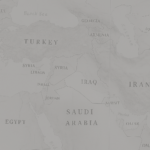



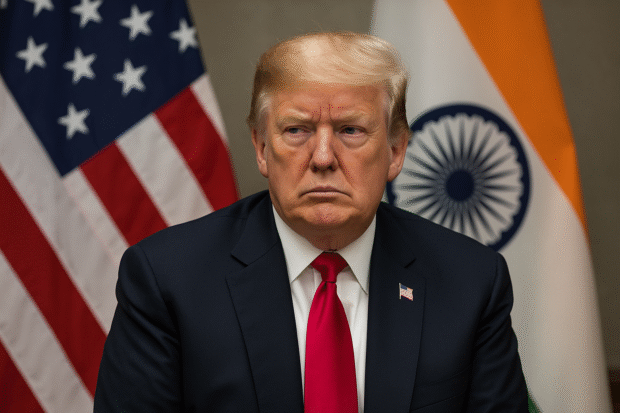
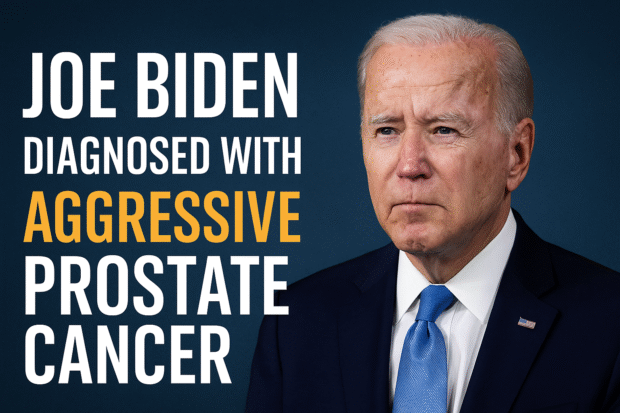

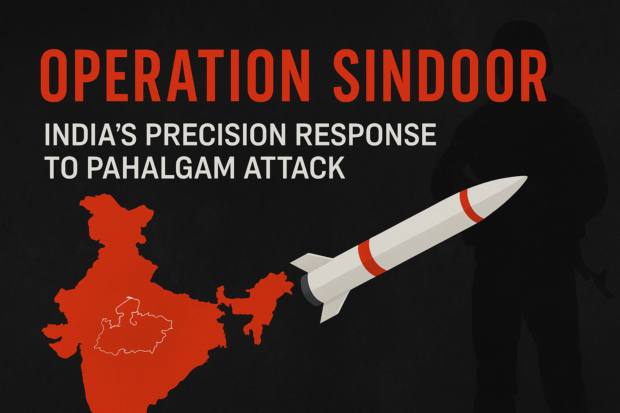





Be the first to leave a comment